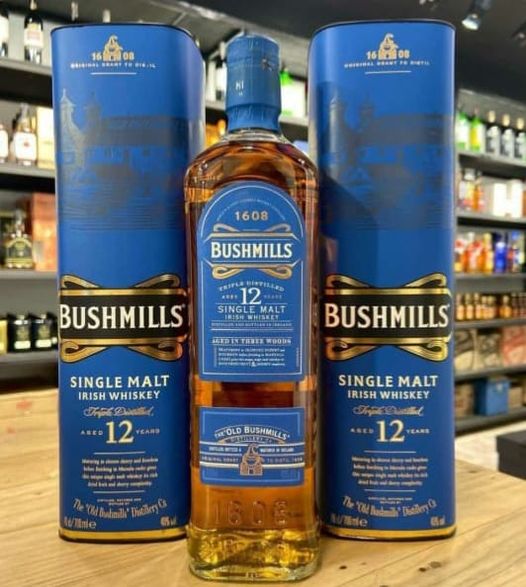As it is rightly said that there is no such thing as bad whisky, just that few whiskies happen to be better than others. At the same time we as end consumers need to be skilled enough before commenting or suggesting anyone. It is an old saying Whisky, older the better and this saying brought the era of age statement on the bottles, which is why we keep seeing the mention of Age on the bottle like 10YO, 12YO, 15YO, 18YO, 21YO, 25YO and so on. Exceptions are always there and with a thought to keep away from this race of age statements few producers initiated to call themselves #NAS – No Age Statement on their product. Most whisky drinkers look to the age of a given whisky as an indicator of the quality.
Whisky aging in common language is called “Heat Cycle”, the maximum and the minimum temperature along with humidity. Hot expands the whisky and cold shrinks along with the wooden barrel. In this whole process the whisky gets the colour, aroma, spice and other characters from the type of barrel it is in. In other words technically this process of expanding and shrinking is called ageing for a whisky not how many years it spends inside the barrel. If we agree to this then we have to agree that the process of ageing is much faster in weather like India where in summer the maximum temperature goes upto 46 degree and in winter the temperature is as cold as 3 to 5 degree. This is the reason why Angel shares that is the evaporation or the whisky loss during ageing is different from climate to climate. Scotland where the average angel share is around 2% in India it can reach up-to 5 to 8% or may be higher.
So now when you will see single malts with age statements please check the country of origin and region of the distillery, understand the temperature difference before giving your specialised comment because it is very much possible that your 18YO aged is as good as my 12 YO.
Drink tastefully and enjoy responsibly … Cheers.
Solutions By InAct, Bushmills Irish Whiskey , Bushmills India , #singlemalt #scotchwhisky

